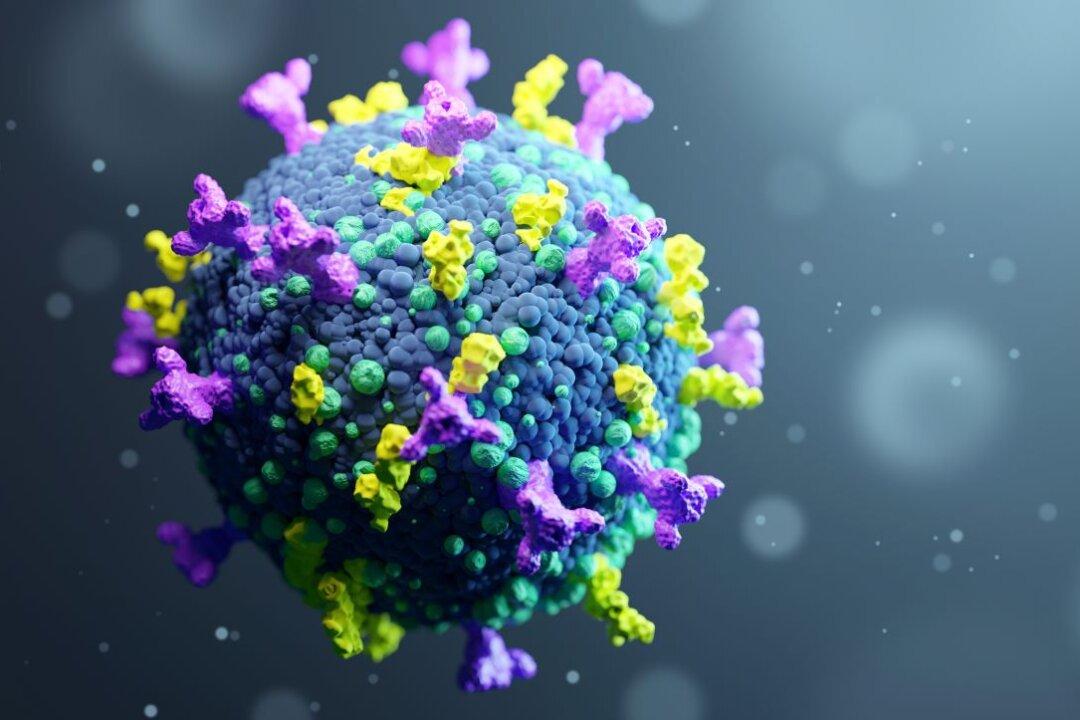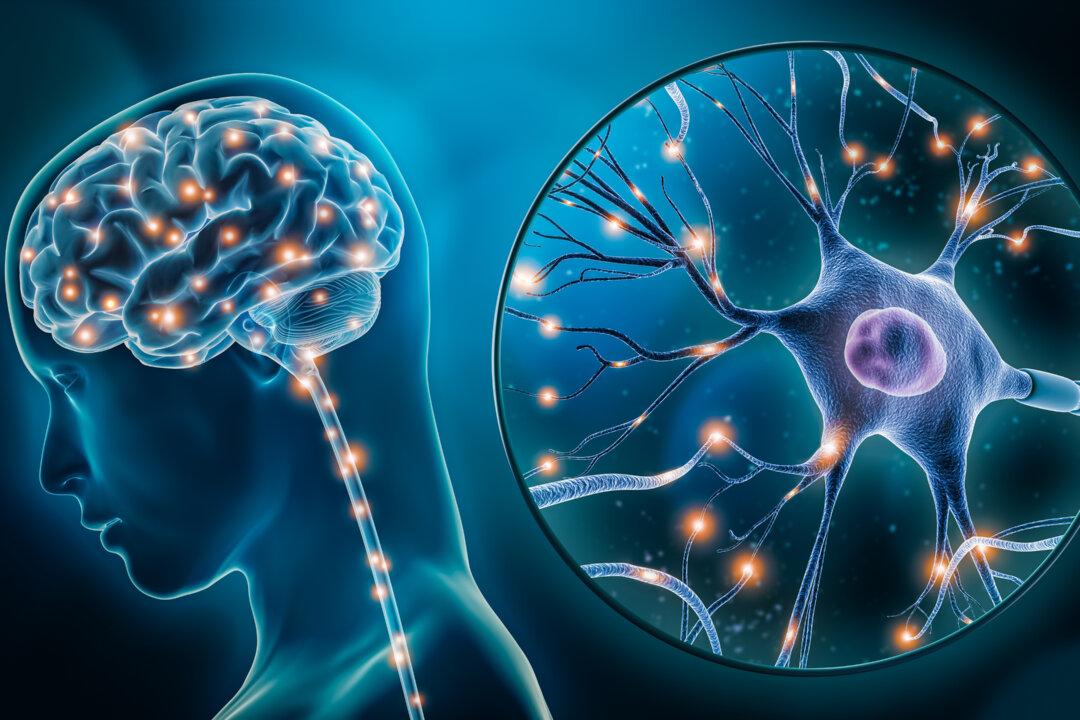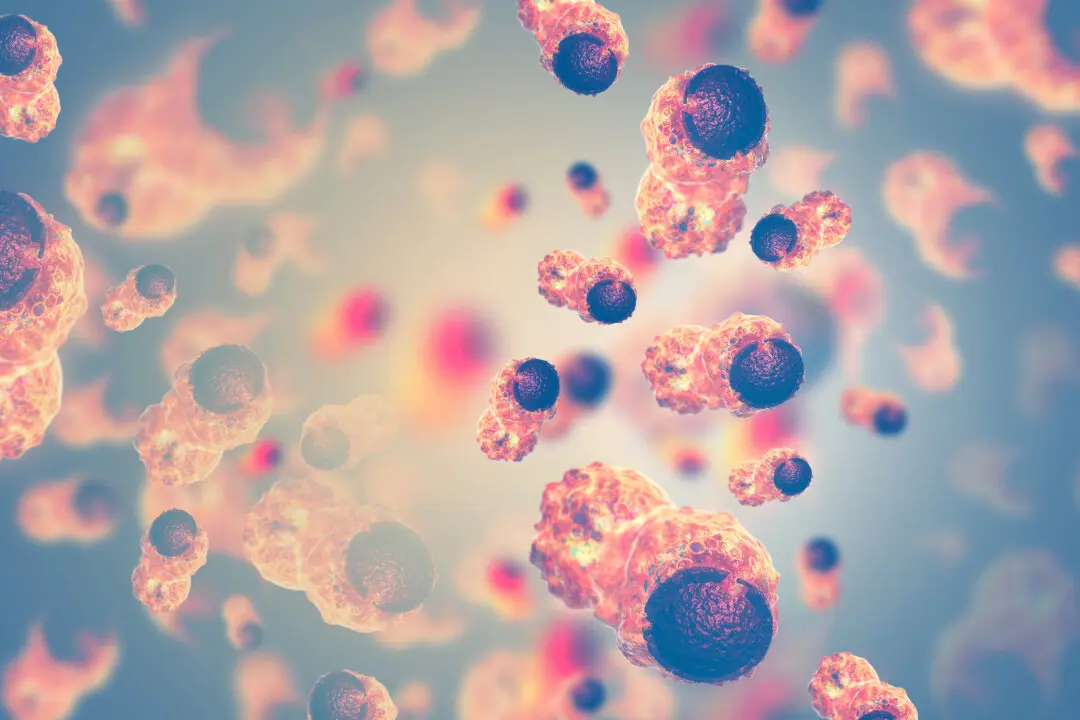One of the most devastating aspects of COVID is that it can continue to affect patients for months—and even years—after infection.
Ask Carrie Anna McGinn. After a year of fighting off symptoms, Maclean’s Magazine reports that she continues to battle a cough, cognitive dysfunction, and pain.






